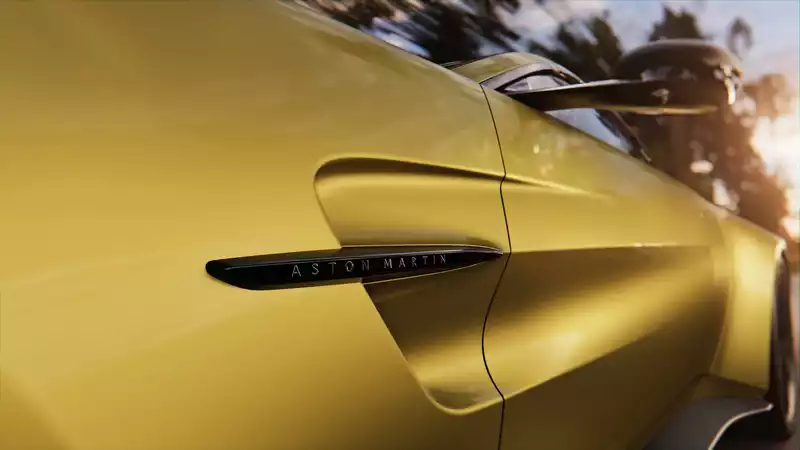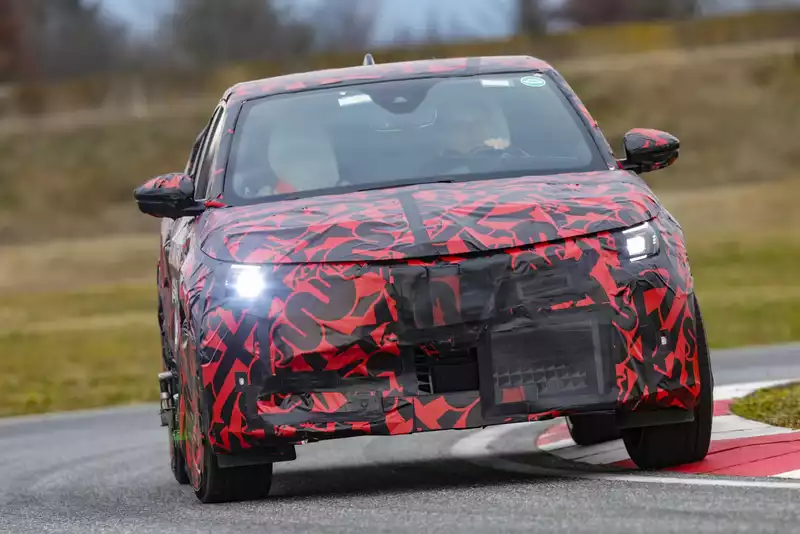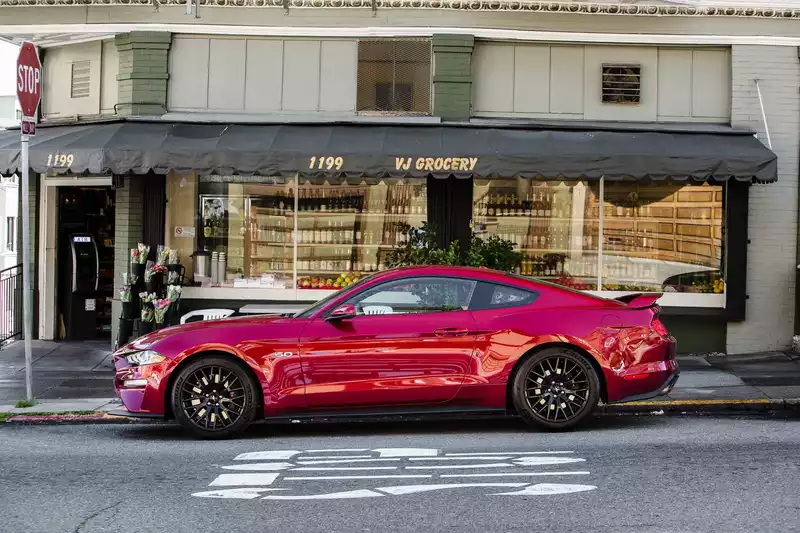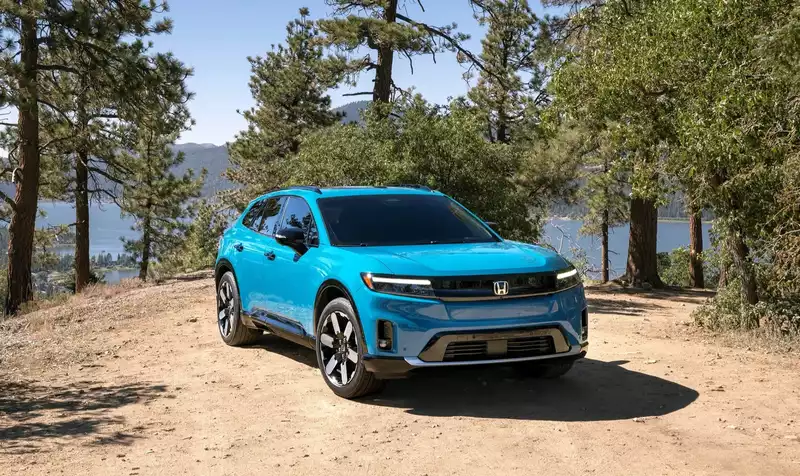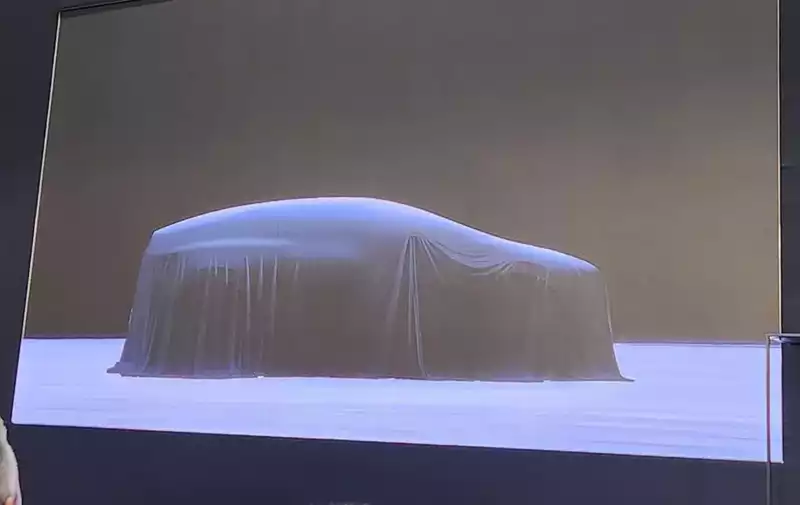Digital measurement clusters are moving into 3D.

Digital dashboards are fast becoming a staple of new cars, but the pace of technology development is not slowing down.
Automotive supplier Continental has developed a 3D digital dashboard display. An early version of this system was installed on the Genesis G70 in the Korean market in 2018. In the US, it will first appear on the Genesis GV80 midsize SUV in 2021.
The display tracks the driver's line of sight with a camera pointed at the driver. This allows information to be overlaid directly on where the driver is looking. For example, a stop sign can be shown as a warning on top of digital counters and other graphics that are already on the display.
Such a display does not require special glasses. Parallax barriers are used instead. Parallax barriers are diagonal bars that separate the image for the viewer. Each eye is presented with two different, slightly shifted views of the same image. The information is combined in the brain, and a three-dimensional image is produced. For this technology to work, [Continental relies not only on the display, but also on a camera mounted on the driver's seat. This camera not only helps to position the image in the center of the driver's line of sight, but also acts as an attention control so that the driver does not focus too much on the three-dimensional image.
The 3D display is designed to work with the Continental Cross Domain Hub infotainment computer. Continental hopes that this computer will be able to take over the work of several individual control units and optimize the electronics of future vehicles. According to Continental, it will also allow the driver to move content between multiple in-car displays. For example, Continental intends to give drivers and passengers the ability to flip navigation maps from one display to another using gesture control.
Continental also wants to do away with driver-facing cameras in future 3D displays. According to Continental, the company is working with Silicon Valley-based Leia to utilize its diffractive light-field illumination technology for future displays.
Next-generation displays are expected to begin production in 2022. According to Continental, the display will not only be designed for the driver, but will also allow passengers to use it for video conferencing and watching movies.

